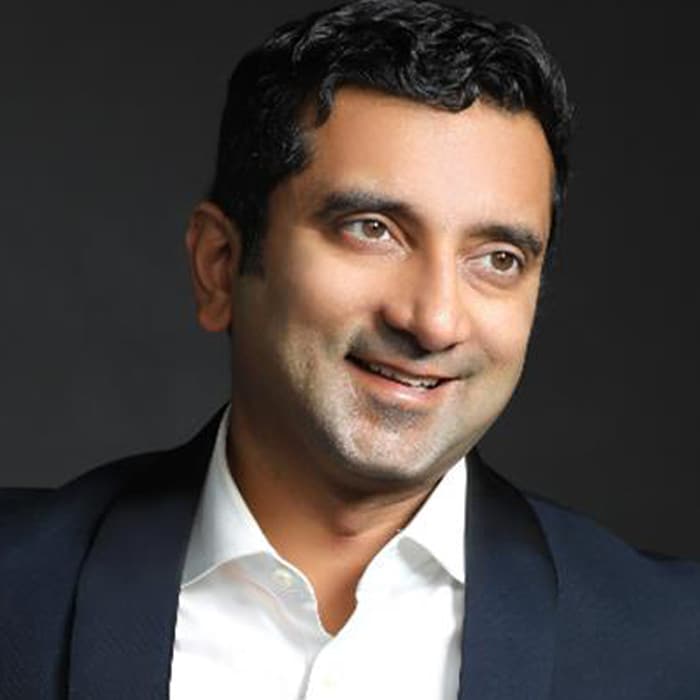Getting real with real-world evidence (RWE) has been saved

Analysis
Getting real with real-world evidence (RWE)
2017 RWE benchmark survey
How are life sciences companies using real-world evidence to discover, optimize, and demonstrate value for their stakeholders? We surveyed 15 life sciences companies to learn more.
Expanding the use of real-world evidence
Life sciences companies should consider embracing new strategies, partnerships, and technologies to realize opportunities to discover, optimize, and demonstrate value through the application of real world evidence (RWE). The industry-wide shift from volume- to value-based payment models and the move towards more personalized health care have helped fuel interest in using RWE to understand and demonstrate the value of pharmaceutical and medical device innovations.
The bipartisan 21st Century Cures Act, signed by President Obama towards the end of his term in December 2016, charges the Food and Drug Administration (FDA) with evaluating the expanded use of RWE, including its potential to support the approval of new indications for previously approved drugs.
2017 RWE benchmark survey
Deloitte’s 2017 real world evidence benchmark survey shows that life sciences companies are making some progress in using RWE but still have opportunities to expand applications across the value chain, consider new channels to access real world data (RWD), and improve their overall capabilities. Among our findings:
- Half (54 percent) of respondents are investing in their RWE programs to significantly increase their capability in this space.
- Many are targeting the use of RWE to support R&D in areas such as improving trial design and patient recruitment.
- Lack of access to the right RWD could hamper progress; new channels for data may be needed, including new external partnerships.
- As the demand for RWE increases, companies are turning to new technologies to compress the workflow and improve “time to insight.”
To take advantage of new opportunities and thrive in today’s technology-enabled, value-focused health care market, companies should consider embracing a new operating model based on end-to-end (E2E) evidence management from Research & Development (R&D) through commercialization.
This includes establishing an effective governance strategy, leveraging technologies such as the cloud and self-service analytics, and making sure that the organization has the ability to integrate data sets and understand the appropriate resources for the necessary analytics, as well as tactical issues around data access and quality. Importantly, companies may also want to adopt new strategies and capabilities to support external partnerships and collaborations with health systems, patient advocacy groups, and other data aggregators in the near-term.
RWE comes from secondary analysis of observational data from the health care system and, increasingly, patients themselves, as digital health and the Internet of Things become reality in many therapeutic areas.
Next steps
Our survey results shed light on how the life sciences industry is beginning to take advantage of RWE’s promise. To effectively develop and implement a broad, enterprise-wide RWE capability, however, companies should take a holistic approach that spans traditional siloes and considers talent, technologies, governance, operating model, and external partnerships.
Some smart next steps that life sciences companies should consider include:
- Developing an E2E evidence strategy that cuts across the entire product lifecycle
- Designing and implementing a platform and operating model that are grounded in an enterprise strategy to support working with RWE across functions and franchises
- Developing a data strategy and organizational capability to engage in external partnerships with health care system stakeholders to gain access to the right data
- Employing data scientists with diverse backgrounds to challenge conventional ways of doing things
As health care data continues to proliferate, the need for and importance of advanced information management and analytics technologies to access, analyze, and act on RWE will likely grow exponentially. Results from our 2017 RWE benchmark survey show that life sciences companies are making some progress in strengthening their RWE capabilities but still have room for improvement.
Leveraging real world data is not new to life sciences companies, however, today's stakes are higher.
Leverage data for a high-touch, innovative patient engagement strategy
Recommendations
ConvergeHEALTH by Deloitte
Health Care Analytics Services




